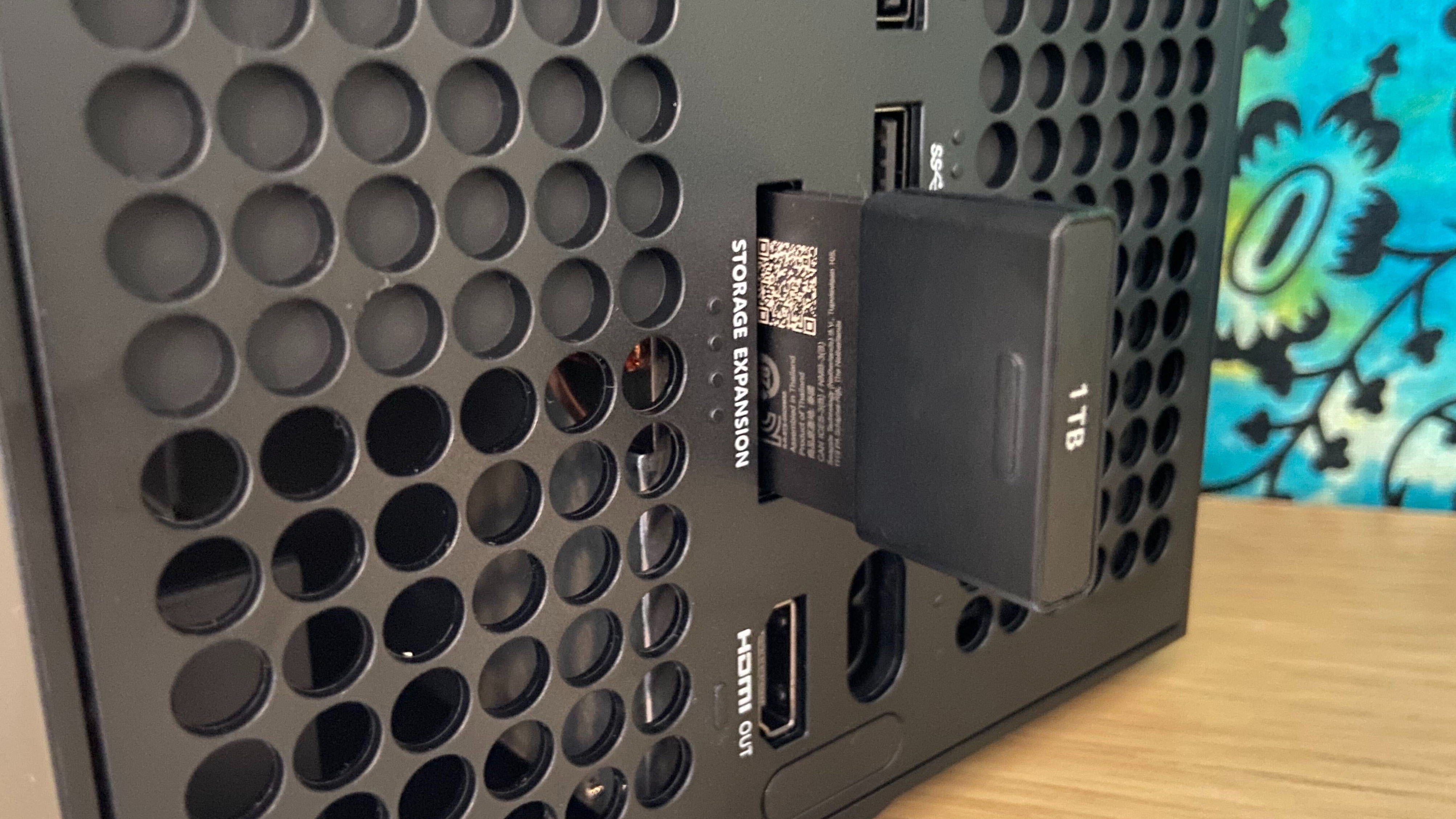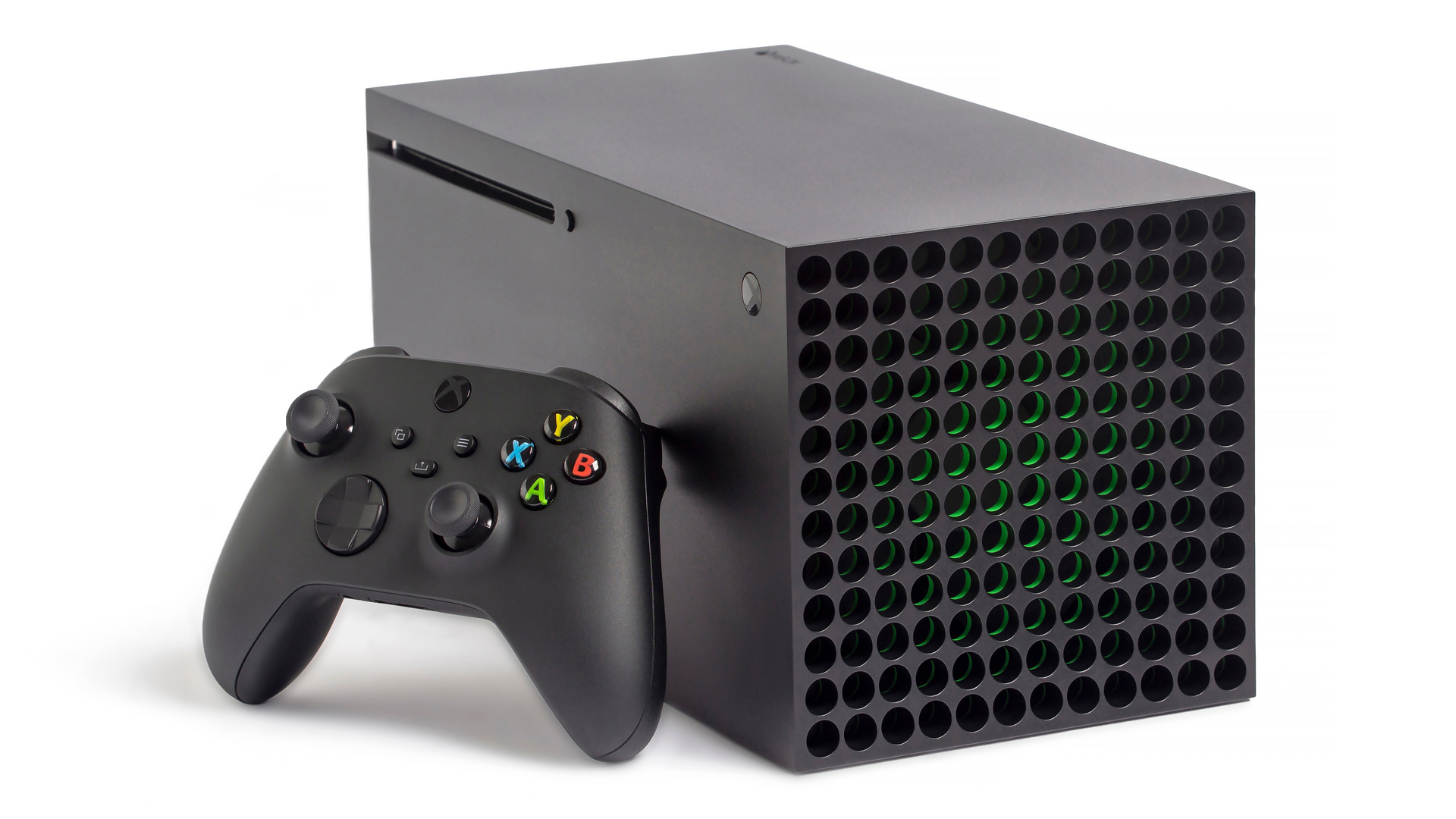Xbox Series X storage: everything you need to know
When it comes to Xbox Series X storage, you'll want to know exactly what you're dealing with before you can start thinking about diving into your favorite games, yet some of the jargon can be pretty intimidating for a new player.
Despite the Xbox Series X and Xbox Series S being far more user-friendly than gaming PCs, the storage situation isn’t as straightforward as it should and could be for a first-time user. There are a few caveats to note, and with a decent amount of out-of-the-box storage, you’ll want to ensure you know exactly what you’re buying and why it can be so helpful.
We’ll cover everything from internal to external drives, the differences between HDD and SSD, and shed some light on what an NVMe SSD is. More importantly, you’ll know precisely how Xbox Series X storage works by the end of this guide. Of course, everything outlined here also relates to the Xbox Series S, which is worth remembering for gamers who went for the more budget-friendly console.
Xbox Series X storage: everything you need to know
Xbox Series X storage: how much do you get?

The Xbox Series X comes with a 1TB NVMe SSD, while the Xbox Series S is equipped with a 512GB NVMe SSD. The Xbox Series X has 802GB storage, which means 198GB is reserved for system files and the Xbox operating system.
The Xbox Series S, meanwhile, only has 364GB of usable storage. Games should take up 30% less room than their Xbox Series X counterparts as file sizes are reduced due to developers not targeting a 4K resolution, but you'll likely need to expand the system's memory sooner rather than later.
What is an NVMe SSD?

NVMe SSDs (Non-Volatile Memory Express) is a superior storage solution compared to standard hard drives and SSDs. Due to the fact NVMe SSDs use PCIe sockets for data transfer, they can send up to 25x more data than the slower SATA equivalent (which is the hard drive the Xbox One uses).
NVMe drives also cut out the middle man by communicating directly with a system’s CPU, and the end result is blazing fast performance. Both the Xbox Series X and Xbox Series S rely on this new storage format to create a next-gen performance leap, so it’s crucial to understand the difference between the three types of drives.
Is an NVMe SSD the same as an SSD?

No, and that can often be confusing for many – particularly as Microsoft regularly refer to their storage as just “SSD”. Regular SSDs (solid-state drive) rely on SATA, which is a far slower way of transferring data within a system.
An SSD is still much faster than a regular mechanical hard drive (and less prone to failure due to the lack of moving parts), so it's not all bad. However, its speeds pale in comparison to an NVMe drive.
How to expand Xbox Series X|S storage

Microsoft’s solution to expanding the Xbox Series X|S’s internal memory with more super-fast NVMe storage is rather elegant, albeit expensive. Microsoft has released 512GB, 1TB, and 2TB models for the Seagate Xbox Storage Expansion Card that slots into the back of both consoles, much like a memory card. Anything you store on the NVMe drives will benefit from the full suite of power that the Xbox Series X|S provide.
Microsoft has also revealed that more storage solutions will be on the way, so consumers won’t just be at the mercy of buying the proprietary drive. This is good news, as proprietary drives can often be more expensive than components from third-party manufacturers.
You can plug in an external HDD or SSD to play Xbox One, Xbox 360 and original Xbox games on. You won’t benefit from the lightning-quick speeds that the NVMe drives provide, however, SSD drives are still considerably quicker than HDD, so if you do go for an external option, opt for an SSD. Any games optimized for Xbox Series X (like Gears 5 for example) will need moving to the internal NVMe drives to be played.
Xbox Series X|S optimized games can be stored on external drives, but they won’t be playable unless they’re transferred back to the main NVMe drives. Quick Resume, which is a feature that lets you suspend and resume multiple games at a time, will work no matter where games are installed.
Post a Comment for "Xbox Series X storage: everything you need to know"